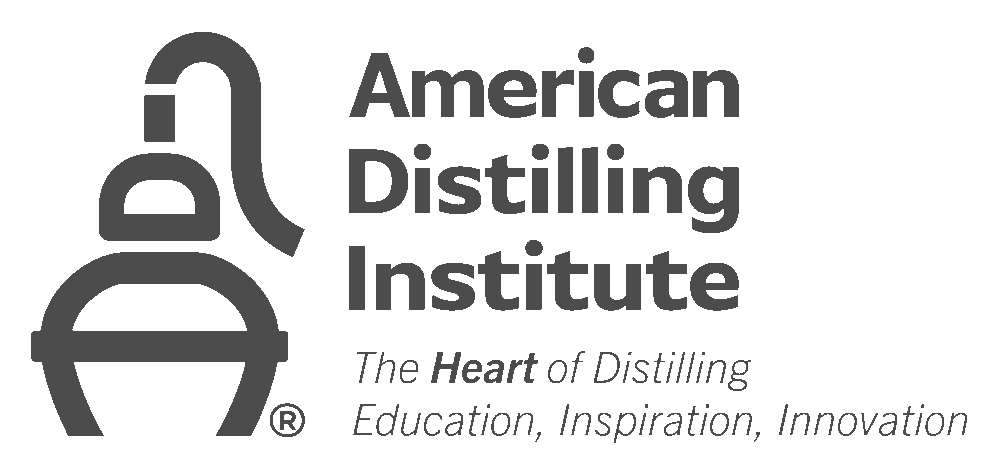Submission Guidelines
Distiller Magazine covers the art, science and business of craft distillation.
The print magazine publishes quarterly, three editorial issues –Summer, Fall, and Winter, and the annual Distillers’ Resource Directory. Online publishing operates year-round.
The editorial staff welcome queries for articles for publication in our print magazine and/or online platform.
Most Distiller features are contributed by freelancers. Print features are generally assigned at
1,200-2,000 words.
Online stories are generally single-topic, narrow-focus, blog-style articles between 300 and 500 words.
Please email pitches to editor@distilling.com, and include the phrase “Distiller Magazine Pitch”
in your subject line. Please also include links to a recent writing sample or two and a brief
biography.
We pay a base rate of $0.50/word, or $0.75/word if writers contribute photography that is published with the story (see photography requirements below).
We pay $100 per online story, plus $25 per original image (up to 2).
Subjects may include:
- Timely reporting on industry trends and topics
- Deep dives into particular aspects of production, business, science, or sustainability
- Revealing or inspiring profiles of producers or other businesses in the craft spirits
industry - Stories that teach distillers how to do something new, show them how to do something
better, or explain a complex topic in an approachable yet in-depth way - Insightful interviews with noteworthy professionals in craft spirits
- Other areas relevant to craft distilleries
Photography Requirements
- Submitted images must be included as separate files (i.e., not embedded in the text file).
- A selection of portrait and landscape orientations are preferred for print.
- Images should be your own original work, or you must have written permission from the
copyright holder to reproduce.
Please include caption information with each image
- names
- locations
- subject matter
- name of photographer etc.
Only high-resolution images will be used. Images from the internet or that are less than 1 mb in size are not suitable for print. Images that are under or over exposed or soft (unfocused) will also not be used. Please review your images with these parameters in mind and submit only
high-quality images.
The chart below is a general guide to high quality images:
| Image Print Size (") | Pixel Dimensions (px) | Minimum File Size (mb) |
|---|---|---|
| 8.5 x 11 | 2550 x 3300 | 3.5 |
| 5 x 7 | 2100 x 1500 | 1.5 |
| 4 x 6 | 1200 x 1800 | 1 |
*to convert your pixel dimensions to inches is divide the pixels by 300
**Indicates file size as jpgs saved as high quality (10) or higher.
Check the settings on your iphone to maximize quality.
https://www.aiseesoft.com/tutorial/how-to-increase-resolution-of-image-on-iphone.html
Style Guidelines
Consult the AP Stylebook for any circumstances not covered here.
Abbreviation
PhD — No periods
U.S., E.U.
AM, PM for time of day
Capitalization
| Spirit | Note | Example |
|---|---|---|
| ABV | all caps, no periods, with “%" | 45% ABV |
| Armagnac | ||
| bourbon | ||
| calvados | ||
| Champagne | Capitalize wines named after people and places, use lower case for wines named after grape varieties | Champagne, Burgundy, Marechal Foch, merlot, chardonnay, cabernet sauvignon |
| Cognac | ||
| genever | preferred spelling, “Jenever” and “Geniévre” are only to be used in brand names or when there is a specific geographical reason for their use, in which case, italicize | Bobby’s Jenever Belgium still produces jenever. |
| mezcal | ||
| rhum agricole | ||
| Scotch | ||
| tequila |
Hyphenated vs. Compound Words
| Type | Notes |
|---|---|
| American oak, Jamaican rum | no hyphen needed for names of woods or spirits, even as adjectives |
| barrel-aged | |
| brandy maker, brandy making (n.) | |
| brandy-making skills (adj. | |
| byproduct | no hyphen |
| co-founder | |
| craft-distilled (adj.) | with the exception of Certified Craft Distilled Spirits™ |
| first-fill (adj.) | |
| microdistillery | no hyphen |
| nanodistillery | no hyphen |
| new make | no hyphen, even as adj. |
| off flavors, off notes | no hyphen as noun, hyphen as adj. |
| rick house | one word, no hyphen |
| single barrel | no hyphen, even as adj. |
| single malt, American single malt | no hyphen nor caps except in brand name |
| small-batch (adj.) |
Numbers
Write out zero through nine. More than nine, or if the number appears in the same sentence with one greater than nine use numerals. e.g., “There were 7 out of the 10 people involved at the meeting.”
Use % sign with numerals. Spell out “percent” when speaking figuratively. Example: “I’m giving this a 100 percent effort.”
Pluralization
eau de vie (singular); eaux de vie (plural) — note italics
The plural of whiskey is whiskeys. The plural of whisky is whiskies.
Punctuation
| Type | Use | Example |
|---|---|---|
| em dashes | In text, surrounding spaces, In captions | Lions, tigers — and bears! |
| ellipses | In text, single character, single space after Same in captions and headlines | Lions, tigers… and bears! |
| serial comma | yes | The distillery makes gin, brandy, and whiskey. |
Scare Quotes vs. Italics
In general, avoid scare quotes. Use only to denote sarcasm or particular stress on a word or its usage.
| book titles | italics |
| common industry terms | no formatting |
| defining terms | italics |
| eau de vie (singular); eaux de vie (plural) | italics |
| foreign words | italics |
| periodical titles | italics |
| Scientific nomenclature | italics |
| web site names | appear just as you would plug into a browser |
Spelling & Usage
| Alcohol and Tobacco Tax and Trade Bureau | Spell out on first reference in an article. “TTB” on subsequent references. |
| curaçao | Use Alt + 0231 in Windows for the “ç.” |
| distill | Double-L |
| Master distiller | Usually "head distiller." Master distillers have decades of experience and know what to do when things go wrong. Obeys AP style for capitalization. |
| okay | Always spelled out: “Are you okay with that?” |
| Whiskey, whisky | Use “whiskey” when referring to the substance generically. Use “whisky” when referring specifically to a product from a region that uses that spelling. Example: “The most expensive bottle in the whiskey aisle is usually a Scotch whisky.” |
Style
| Type | Notes | Example |
|---|---|---|
| Captions | Italics. Periods only after complete sentences. Omit spaces after em-dashes. | Left—Craft distiller doing a distilling thing Right—This is the distilling thing mentioned above. |
| Callouts | Quotation marks when calling out a quotation. | |
| Formatting | Use paragraph breaks, not line breaks Single space before new sentence Single paragraph break before new paragraph Leave smart quotes to layout editor | |
| Quotations | Use present tense | “I’m a distiller,” says Plummer. |
Temperatures
Include both centigrade and Fahrenheit. Numerals, degree symbol, then C or F with no spaces 60°C (140°F)
Units of Measure
Space between numerals and abbreviated units, e.g., “1,000 gal copper pot still”
Hyphenate adjectival form when writing out unit, e.g., “1,000-gallon copper pot still”
QUESTIONS
Email editor@distilling.com


